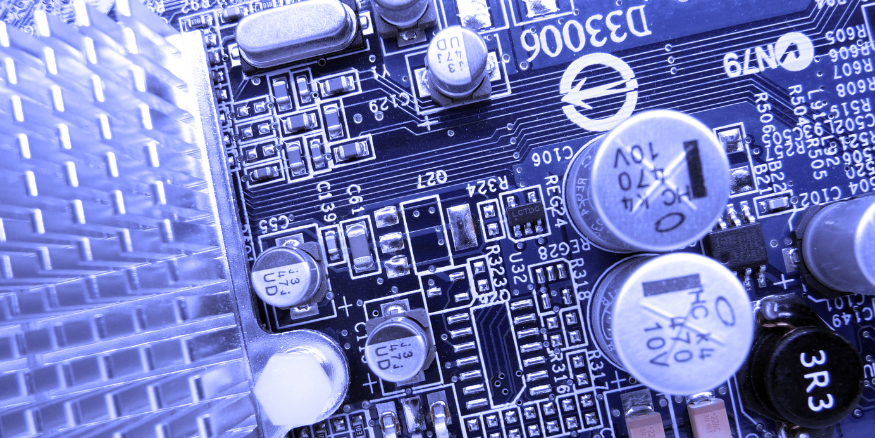Several high-performance electronic systems, from data centers to aerospace applications, depend on liquid cooling cold plates. In order to provide efficient and effective cooling, these cold plates offer a direct conduit for heat transfer from the heat-generating components to the coolant. Nevertheless, the effectiveness and lifetime of liquid cooling cold plates depend greatly on their dependability and quality.
The reliability and quality of liquid cooling cold plates are affected by a number of variables. This article will go over those variables, design considerations for high-quality liquid cooling cold plate, and the implications for future design and testing.
Key Elements
A key element in deciding the caliber of liquid cooling cold plates is the material choice. For the best possible heat transmission, it is crucial to choose materials with high thermal conductivity and low thermal resistance. Another important element in the performance of liquid cooling cold plates is surface finish.
Hotspots and reduced heat transport can be caused by even slight surface defects. Thus, to enable effective cooling, a high-quality surface finish is required. A key factor in guaranteeing the cold plates’ quality is the production process. Any flaws in the manufacturing process might result in decreased cooling effectiveness, increased thermal resistance, and eventual failure.
Optimized Flow Path
Design considerations are also critical for creating high-quality liquid cooling cold plates. The fluid flow route is an essential design component that has a big impact on cooling effectiveness. An optimized flow path reduces pressure drop and ensures that the coolant is distributed evenly across the cold plate’s surface. Additionally, the fin density of the cold plate impacts its heat dissipation capabilities.
To achieve a balance between heat transmission and pressure drop, fin density should be adjusted. The coolant flow rate is yet another crucial design factor. In order to guarantee effective heat transmission and avoid the development of hotspots, an appropriate flow rate is required.
Testing and validation
Testing and validation are critical steps in ensuring the quality and reliability of liquid cooling cold plates. These tests assist in finding any potential problems or errors in the design and production procedures and guarantee that the cold plate functions as planned.
Common testing methods for liquid cooling cold plates include pressure testing, flow rate testing, leak testing, and thermal testing. Pressure testing entails putting the cold plate to pressures that are greater than its typical working pressures to make sure it can handle them without leaking or malfunctioning.
Flow rate testing measures the flow rate of the coolant through the cold plate, while leak testing checks for any leaks in the system. Thermal testing evaluates the ability of the cold plate to effectively remove heat from the components it is cooling.
Simulation tools such as computational fluid dynamics (CFD) and finite element analysis (FEA) are also crucial in testing and validating liquid cooling cold plates. By projecting the flow rate and pressure drop within the system, CFD simulations may assist to improve the design of the cold plate, while FEA can forecast the structural integrity of the cold plate and verify that it can sustain operational loads.
Bonus Read
Manufacturers place great importance on testing methods for liquid cooling cold plates as they understand the impact that poor-quality products can have on their reputation and bottom line. One key reason why manufacturers care about testing methods is that they can help to identify any issues or flaws in the design or manufacturing process before the product is released to the market.
Thermal testing can confirm that the cold plate can efficiently remove heat from the components it is cooling, while pressure testing can find any weak points in the seals or connections that might result in leaks.
